Child Safe Message for Youth
Feeling Safe – Your Rights – A message for our youth
Everyone in Scouts, youth and adults alike have the right to feel safe and be protected from abuse. No-one is allowed to threaten you, hurt you or touch you in a way that makes you feel uncomfortable, unsafe or afraid.
A Scout is respectful and this applies to all interactions between all participants, youth and adult here at ScoutHike.
You do not have to deal with abuse on your own. If you feel unsafe, threatened or you see/hear something that causes you concern, please speak to a Leader or a Rover on an activity. Your concerns will be taken seriously. The information you provide will be shared with people who can support and protect you.
If you don’t know what to do – talk to someone at ScoutHike HQ!
If, for any reason, you do not feel the concerns of this nature which you raised at ScoutHike have been satisfactorily dealt with, please report your concerns directly to the Child Protection Team at the NSW State Office on: Tel: 02 9735 9000 or via ChildProtection@nsw.scouts.com.au or your parents.
For more information, please refer to the Scouts NSW Website https://www.nsw.scouts.com.au/about/child-health-safety/
What should I take to ScoutHike?
Patrols have to be totally self-sufficient. Each Scout carries everything they need for the whole weekend, starting on Friday evening and finishing on Sunday afternoon. This means good walking shoes or boots, a comfortable pack, a tent, clothes, toiletries, mess kit, and food. Tents are normally shared between 2 or 3 Scouts, and PLs normally work out the menu and buy the food for the Patrol.
Patrols are not required to bring a separate pack of ’emergency gear’ to ScoutHike – everything you bring, you will need to carry yourself.
Your PL and leaders will talk to you more about menus and what to take over the next few weeks. They will also provide you with an equipment list and advise you on where to get equipment you don’t have.
Or you can view the lightweight hiking guide on this website which has equipment lists, a menu planner, troubleshooting guide, map reading guide, and lots of hints and tips.
Navigation
ScoutHike is not a simple walk around the forest! The event is based on Patrols navigating their way through the forest using a compass, a supplied map, a series of grid reference points indicating the Activity Bases they could visit, and Sleep Points.
Packs, Tents, and Menus
In their pack, Scouts carry everything from their sleeping bag, tent, clothes, etc to food. This means that the pack must be in good condition and suitable for lightweight hiking, and the contents as small and as light as possible. Checks are carried out to ensure that every Scout is not carrying more than 1/5th of their body weight – they need to look after their growing, impressionable backs! Water bottles are excluded from the weigh-in.
Menus need to be nutritious, using light weight or dried foods, so that each Scout in the Patrol gets to the Finish Point with enough energy to get on the bus for the trip home.
Tips for ScoutHike Patrol Leaders
- Lightweight is the key. Those Patrols carrying less weight around all weekend will have an advantage over those whose packs are overloaded, so make sure your Patrol members’ packs aren’t too heavy. Check out the ScoutHike Patrol Leader’s Handbook for some guidelines or speak to your Scout Leader.
- Make sure everyone in your Patrol carries sufficient water and that your Patrol menu is appropriate. You’d be surprised at how much of a difference this can make, if you and your patrol drink sufficient fluids and eat proper, balanced and nourishing hike meals.
- Water is available at all Activity Bases and Sleep Points – so you can top up your water bottle along the way during the day.
Your energy levels, alertness and enjoyment will be much greater, and your ScoutHike competition scores will most likely benefit as a result. - The ScoutHike Patrol Leader’s Handbook is a great source of information and tips on doing well at ScoutHike and having a great time. Make sure you and your Patrol read it, understand it, and use it.
- Practice makes perfect. Ask your Scout Leader to set aside one or two Troop nights before ScoutHike for you and your Patrol to practice map reading, lightweight camping, and teamwork and initiative.
- When it comes to the actual challenges and activities, the first thing to do is listen very carefully to all instructions given by the Leaders running the challenge. Always think before you act. When faced with a problem you need to solve, encourage your patrol members to participate in the problem-solving process; it takes more than one mind to come up with a great solution.
If you are given a time limit, make sure that someone in your Patrol with a watch is keeping an eye on how much time is left. - Know your Patrol members and know their strengths and weaknesses. If you know that Sam is particularly good at map reading whilst Tom can tie just about every knot in the book, you’ll know who to call on in those situations.
But remember to share the tasks around a bit so that every member of the Patrol has a chance to improve their skills. - Finally, make sure your Patrol stays together and works as a team.
